The Power Nexus: Understanding the Dynamics of Electrical Switchboards
Explore switchboards, key in electrical systems for power distribution and control in various settings. Learn their types and functions.
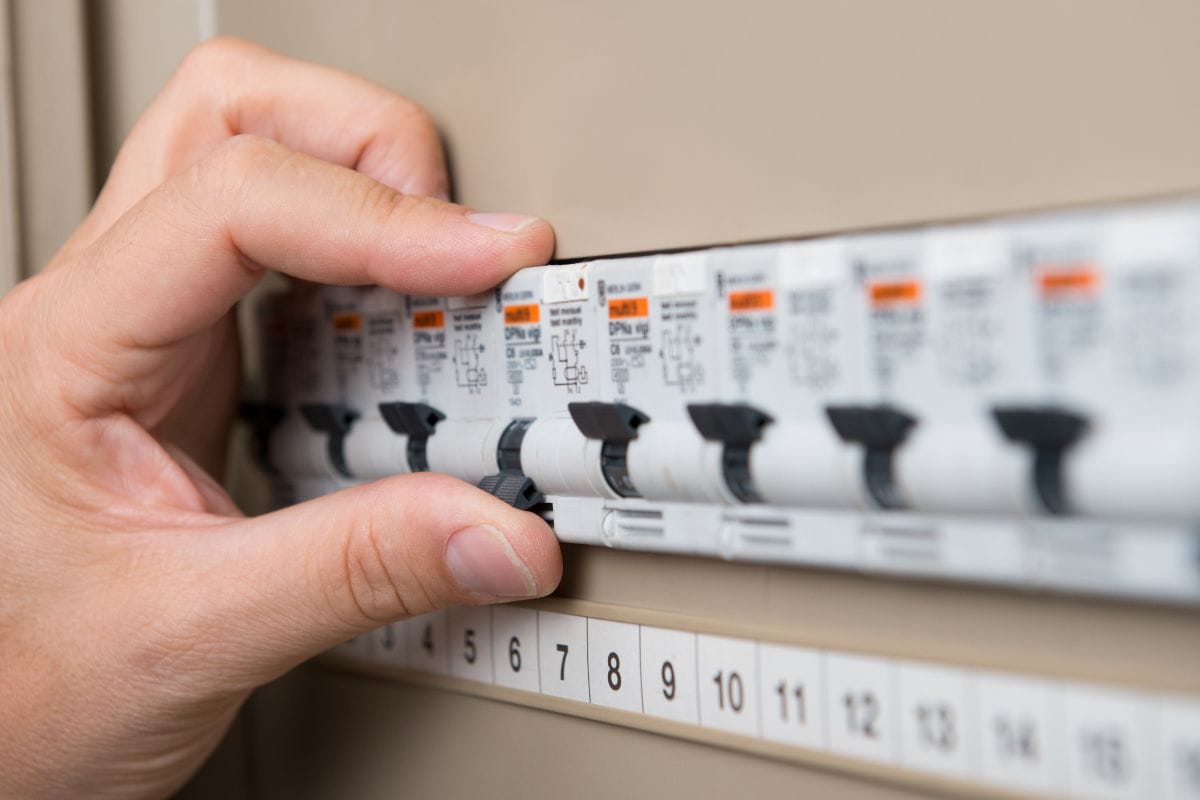
In the intricate web of electrical systems, a crucial component governs power distribution and ensures seamless operation—the switchboard. As a cornerstone of electrical infrastructure, switchboards are pivotal in controlling and directing electricity within residential, commercial, and industrial settings. In this comprehensive exploration, we will unravel the complexities of switchboards, examining their functions, types, and significance in electrical engineering.
The Heart of Power Distribution
A switchboard serves as the nerve center of an electrical system, acting as a centralized distribution point where electrical currents are controlled, monitored, and directed to various circuits. It is an assembly of switches, circuit breakers, and other devices that enable electricity regulation, providing a crucial interface between the power source and the diverse electrical loads within a facility.
Components of a Switchboard
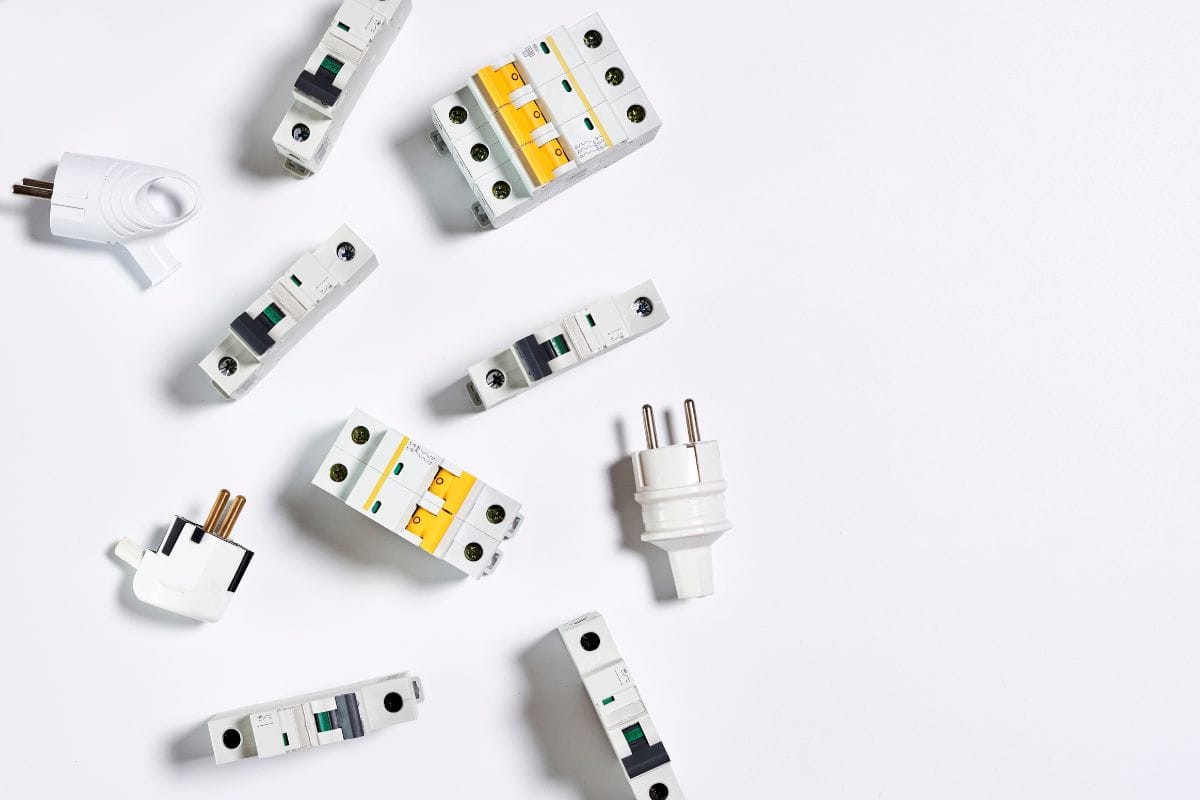
The components of a switchboard collectively work together to control, distribute, and protect electrical power within a building or facility. Understanding the functions of each element is crucial for ensuring the safe and efficient operation of the electrical system. Here are the key components of a switchboard:
- Main Switch: The main switch, often the first line of defense in a switchboard, disconnects the entire electrical supply. This is essential for maintenance, repairs, or emergencies.
- Circuit Breakers: Circuit breakers within the switchboard safeguard against electrical overloads or faults. They interrupt the flow of electricity when abnormal conditions are detected, preventing potential damage to equipment and ensuring safety.
- Busbars: Busbars are conductive bars or strips within the switchboard that serve as pathways for electrical power distribution. They connect the main switch to individual circuit breakers and distribute power to various branches.
- Protective Relays: Protective relays monitor electrical parameters and respond to abnormal conditions. They play a crucial role in initiating the action of circuit breakers to isolate faulty circuits and protect the overall integrity of the electrical system.
- Meters and Instruments: Switchboards often include meters and instruments to measure voltage, current, and power consumption. These devices provide real-time information about the electrical parameters within the system, aiding in monitoring and maintenance.
Types of Switchboards
Switchboards are critical components of various types, each tailored to specific applications and voltage requirements. In this section, we will delve into the diverse types of switchboards, understanding their functions and where they find prominence in electrical systems.
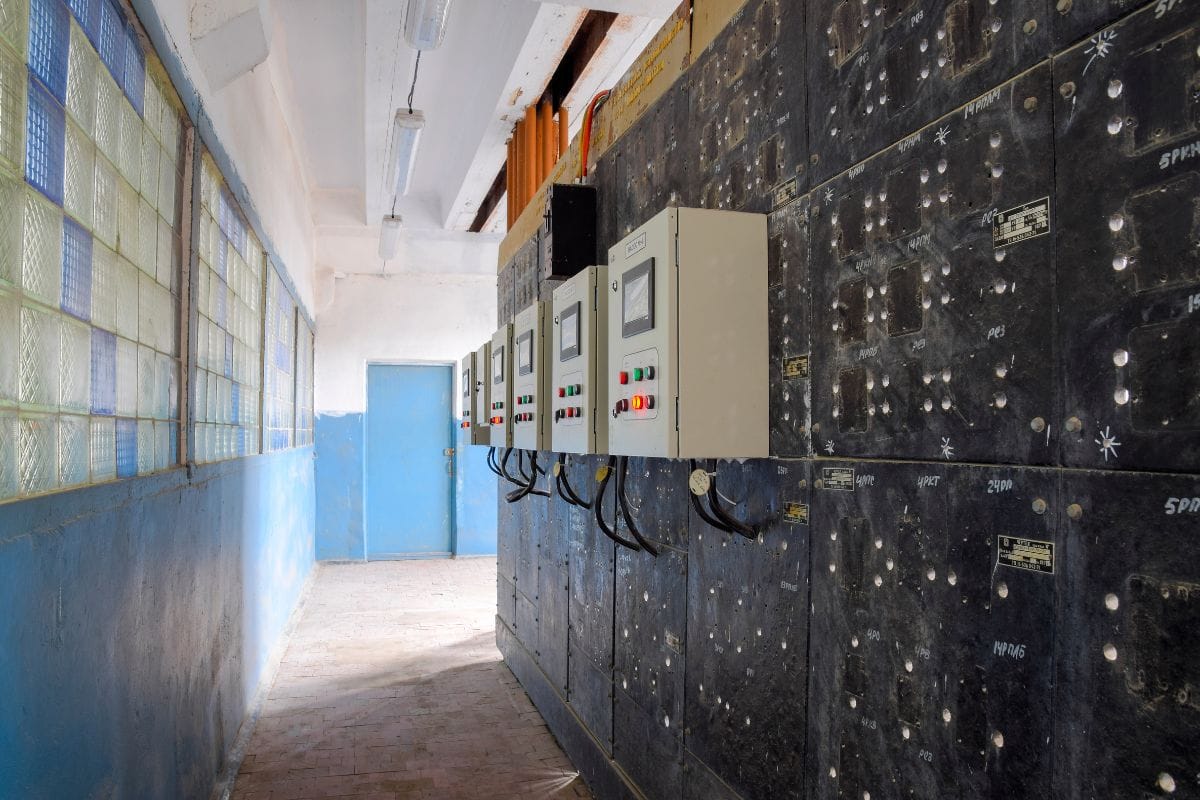
Low-Voltage Switchboards
Voltage Range: Up to 600 Volts
Widely prevalent in residential and small commercial settings, low-voltage switchboards are designed to handle electrical currents of 600 volts or less. These switchboards form the backbone of local power distribution within buildings, ensuring a safe and efficient electricity supply to various circuits. They often incorporate circuit breakers, meters, and protective relays to regulate and monitor power usage.
Medium-Voltage Switchboards
Voltage Range: 600 Volts to 38,000 Volts
In industrial and large commercial facilities, where higher voltage levels are common, medium-voltage switchboards come into play. Operating within the 600 to 38,000 volts voltage range, these switchboards facilitate power distribution over longer distances. They are equipped with robust components, including specialized circuit breakers and protective relays, to manage the challenges associated with higher voltage levels.
Panelboards
Voltage Range: Up to 600 Volts
Panelboards represent a versatile type of switchboard commonly used in residential, commercial, and industrial applications. They consist of a combination of circuit breakers or fuses arranged in a panel, allowing power distribution to specific areas or equipment. Panelboards are often employed for lighting circuits, appliance circuits, and other localized power requirements.
Distribution Boards (Consumer Units)
Voltage Range: Up to 600 Volts
At the consumer level, distribution boards, also known as consumer units, simplify the switchboard concept for residential use. They serve as the primary point for distributing power to various circuits within a home. Distribution boards include circuit breakers or fuses that protect individual circuits, ensuring safety and ease of maintenance for homeowners.
Motor Control Centers (MCCs)
Voltage Range: Up to 600 Volts
Motor control centers (MCCs) take center stage in industrial settings with extensive motor-driven machinery. These specialized switchboards provide centralized control for electric motors, offering a convenient and efficient way to start, stop, and protect motors. MCCs streamline the management of complex motor systems, enhancing both safety and operational efficiency.
Feeder Pillars
Voltage Range: Up to 600 Volts
Feeder pillars are outdoor switchboards designed for applications where electrical distribution needs to be extended to external locations. Commonly used in street lighting, parks, and outdoor facilities, feeder pillars house circuit breakers, fuses, and other components to protect and control power distribution in open-air environments.
Generator Control Panels
Voltage Range: Application-Dependent
In facilities with backup power systems, generator control panels serve a critical role in seamlessly transitioning between the main power supply and backup generators. These switchboards monitor the availability of utility power and automatically initiate the generator in the event of a power outage. Generator control panels are vital for maintaining continuous power in critical applications.
Smart Switchboards
Voltage Range: Application-Dependent
Smart switchboards are emerging as integral components in modern electrical systems as technology advances. These switchboards incorporate digital communication systems, remote monitoring, and intelligent diagnostics. Smart switchboards enable real-time data analysis, predictive maintenance, and enhanced control, contributing to the efficiency and reliability of electrical infrastructures.
Significance in Electrical Safety
The pivotal role of switchboards in electrical safety cannot be overstated. By integrating circuit breakers, protective relays, and other safety devices, switchboards mitigate the risks associated with electrical faults, overloads, and short circuits. This proactive approach safeguards equipment and protects personnel from potential electrical hazards.
Switchboard Installation and Maintenance
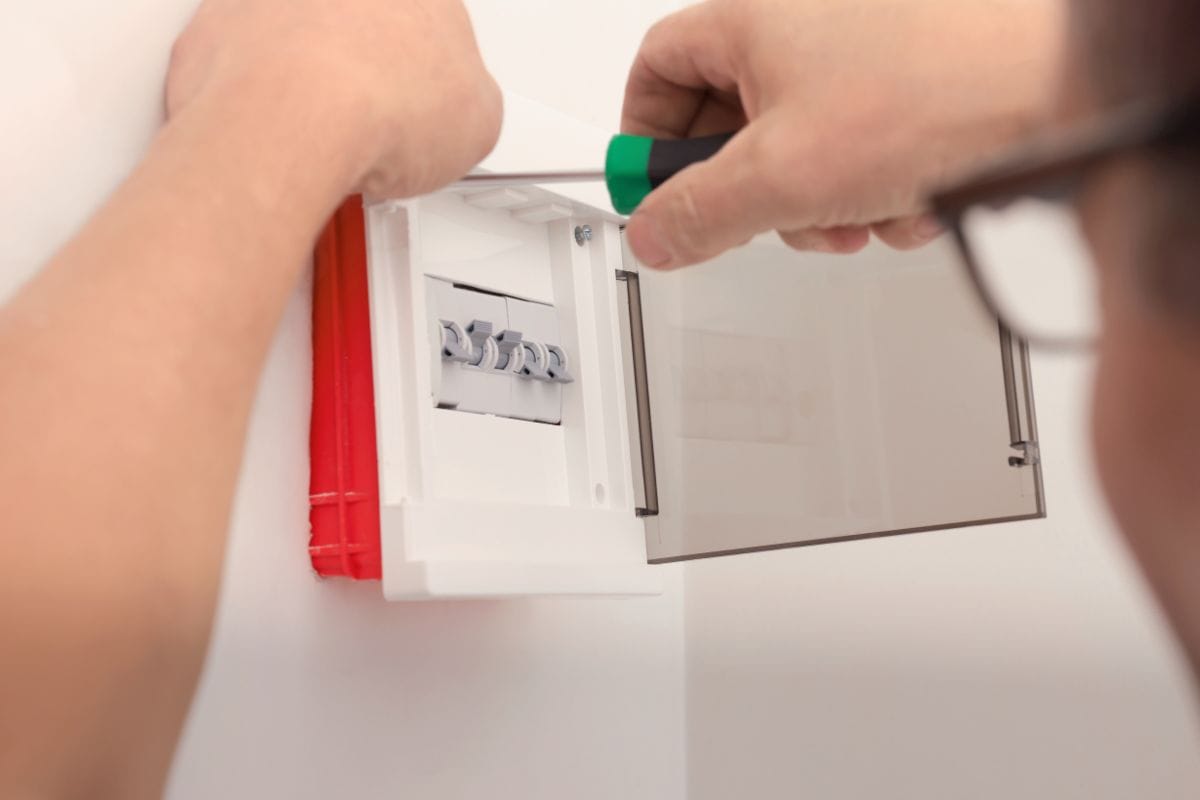
Installing a switchboard requires meticulous planning and adherence to electrical codes and standards. Qualified electricians ensure that the switchboard is configured to meet the facility's specific needs, considering factors such as load requirements, voltage levels, and future expansion.
Regular maintenance is paramount to the continued reliability and safety of a switchboard. Periodic inspections, testing of protective devices, and the identification and replacement of worn-out components contribute to the longevity and optimal performance of the switchboard.
Switchboards in Evolving Technologies
As technology advances, so too do the capabilities of switchboards. Integrating innovative technologies and digital communication systems transforms traditional switchboards into intelligent components of a broader smart grid. Remote monitoring, predictive maintenance, and enhanced diagnostic capabilities are becoming integral features, allowing for more efficient and responsive management of electrical systems.
Conclusion: Empowering Electrical Infrastructures
In the grand tapestry of electrical systems, the switchboard stands as a linchpin, orchestrating the symphony of power distribution. Its ability to regulate, protect, and adapt to evolving technologies underscores its significance in ensuring a safe and efficient electricity supply. As we navigate the complexities of modern electrical infrastructures, the switchboard remains a cornerstone, empowering industries, businesses, and homes with the dynamic control they need in an electrified world.

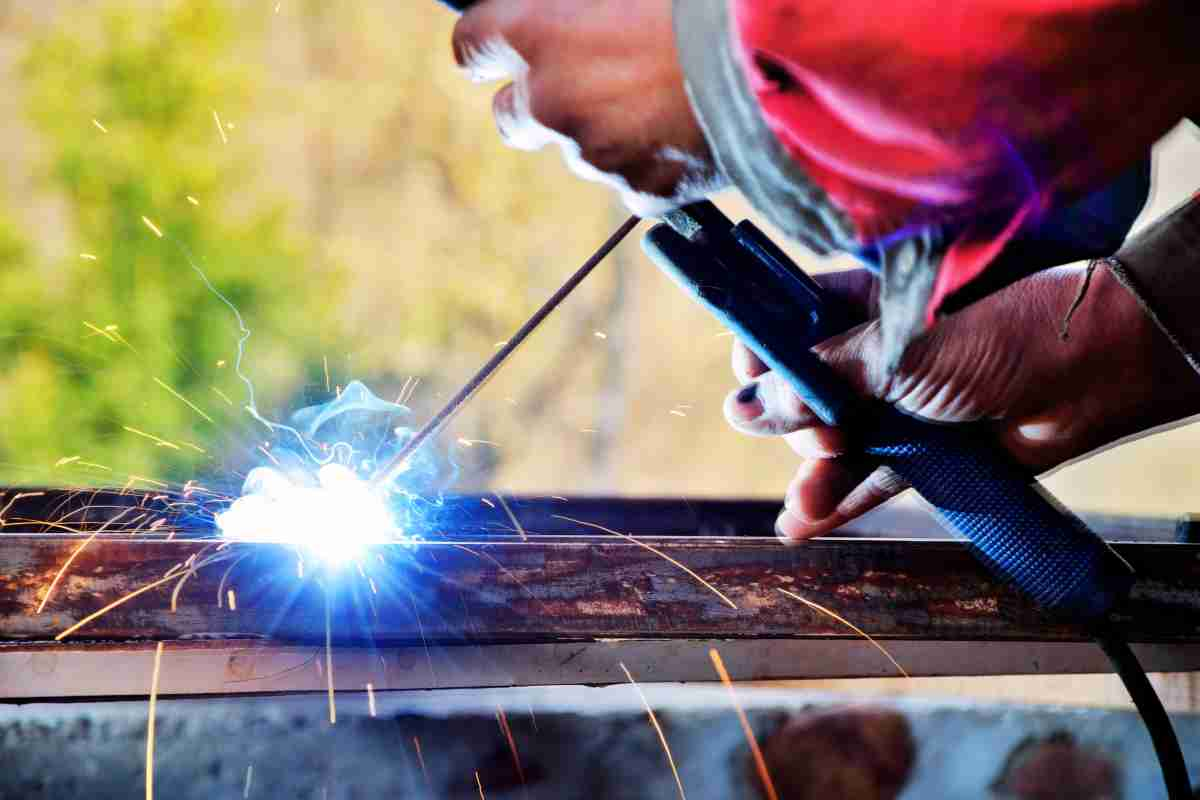
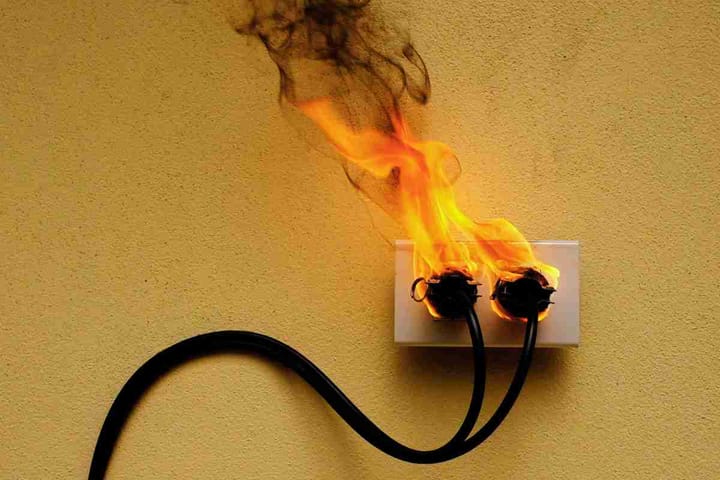

Comments ()